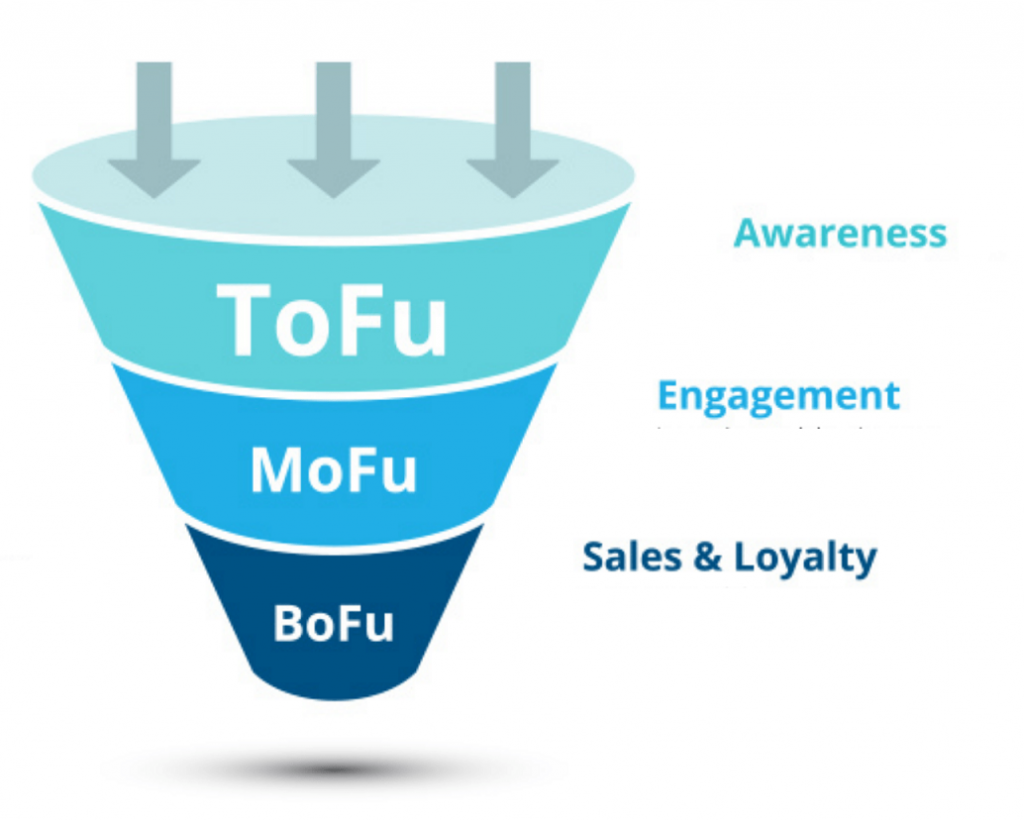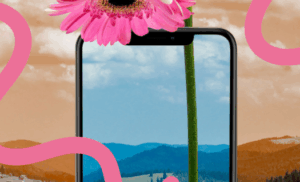Demand generation is very important to increase sales, achieving a good positioning as a reference in your target market. But what exactly is demand generation? If you want to know, read on.
What is demand generation?
Demand generation could be defined as a marketing process whose purpose is to make potential customers feel the need for a product or service.
For demand generation to be effective, the customer must have a need and be aware of it, in addition to associating the satisfaction of that need with the product or service and seeing that company as a reference in that sector. Demand generation is a key process within the customer journey.
This idea arises from the need to impact customers with marketing strategies to generate more sales.
This marketing technique is used when it is necessary to improve brand positioning in the market.
What needs to be taken into account to make it work?
Here’s how to get started with demand generation in your company.
1. Define your ASAP objectives
It is essential to set and be clear about the results you want to achieve. Once you know what you want, it is much easier to know how to act, what actions will be most effective in the long term.
We recommend you to place each objective in a stage of the funnel: TOFU (top of the funnel), MOFU (middle of the funnel) and BOFU (bottom of the funnel), in this way it will be very easy to select a campaign for each of the phases.

2. Define your Buyer persona
In order to generate demand and maintain it over time, it is not only necessary to be very clear about your objectives. Your Buyer persona is just as essential in this process. To generate demand you need to empathise with your audience and (clearly), we will not know how to do this if we are not clear about who they are.
Buyer persona research can start by looking at your company’s current customers. What they are like, what they do, why they consume what they consume… If you have not yet launched your company, you can research your competitors’ customers.
3. Buyer persona + buying process
Knowing what your ideal customer is like is part of the process. Well, the next step is to know what their buying cycle is like. The concept of buying cycle or buying process is very complex and knowing what your customer’s buying cycle is like will make the difference. The buying process is understood as the different stages that your target audience goes through until they become a customer.
A customer’s buying process consists of four phases: learning and discovery, problem recognition, solution consideration and purchase decision.
Demand generation usually starts in the first phase, but it depends on the customer.
4. Try to solve your target’s problems
Once we have identified our ideal customer and we know how they act, the trick is to identify the problems or needs they have. Once we have done this, try to solve them and satisfy them, do not try to convince them that your company is the best. It is necessary that what your company preaches is in tune with what it does.
Once you have these four points clear, it is time to plan a content marketing strategy. Why not? The answer is simple. Customers are more likely to buy from a brand they know and trust than one they don’t.
How do we create a strategy?
As the name suggests, your company needs to create as much content as possible: blogs, videos, posts, newsletters… Little by little you will start to gain presence in the industry.
When generating all this content, you have to keep SEO in mind at all times, the better positioned your content is, the more presence you will acquire. Not only is SEO important, but also the content must be of quality and must have something that differentiates it from others.
Choose the media you want to use wisely
Once you have your quality content, it is time to choose where you are going to disseminate it. To do this, you must take into account the channels used by your Buyer Persona, your goals and your budget.
In the digital environment there are three types of channels:
- Own media: these channels are your website, social media profiles, your blog…
- Paid media: Google Ads, Facebook Ads, YouTube Ads, etc …
- Earned media: these media are very valuable. This category includes everything from reviews, to PR management and media mentions.
With all these tips, be sure that you will be able to start generating demand in the most optimal way possible. See you soon!










